anti-Japan
This is no April Fool’s joke: on April 1, a group of anti-Japanese protestors gathered outside the Japanese embassy in Seoul, Korea to rally against Japanese Prime Minister Shinzo Abe addressing the U.S. Congress later this month.
Things started to get out of control when an effigy with Abe’s face was beheaded ISIS-style, and a Japanese imperial flag was sliced to pieces with a knife. The protest is being called “too extreme” even by those sympathetic to their cause.
If Japan and South Korea were on Facebook, there is no doubt that their relationship status would be “it’s complicated.” Between territorial spats, historical disputes and arguing over a pop star’s table manners, these two countries have a lot of uncomfortable diplomatic moments. But they do have one very major thing in common—mutual defense treaties with the United States. Although we doubt (and very much hope) that Tokyo and Seoul never resort to war to solve these issues, some South Korean netizens recently took to the Internet to ponder who Uncle Sam would back in such a fight.
In the past few months, several of the anti-Japan demonstrations in China have turned into riots, many of which resulted in extensive damage to Japanese companies all over China.
But what is it that got the Chinese people so worked up? Surely not everyone is that passionate about the Japanese nationalization of the disputed Senkaku Islands. Perhaps people just got carried away in the mob mentality?
According to one Chinese demonstrator, the Chinese government may have something to do with it, claiming that Chinese officials mobilized people to join the Anti-Japan demos by offering them payments of 100 yuan, or about $15 US.
Over 200 companies from 19 countries are said to be operating booths at this year’s Tokyo Game Show, but visitors to the four-day long event may notice that one major world power turned out to be a no-show.
Anti-Japanese demonstrations have been sweeping across China since Sunday in response to Japanese activists unfurling Japanese flags on a disputed island in the South China Sea, four days after Chinese activists landed on the same island.
Undoubtedly the most high-profile of the protests was in Shenzen, where some Chinese protesters burned Japanese flags and even turned violent, vandalizing Japanese cars and breaking into a local Japanese restaurant.
What the angry Chinese mob didn’t realize was that, like most Japanese eateries outside of Japan, the restaurant they ravaged was owned and operated by Chinese.
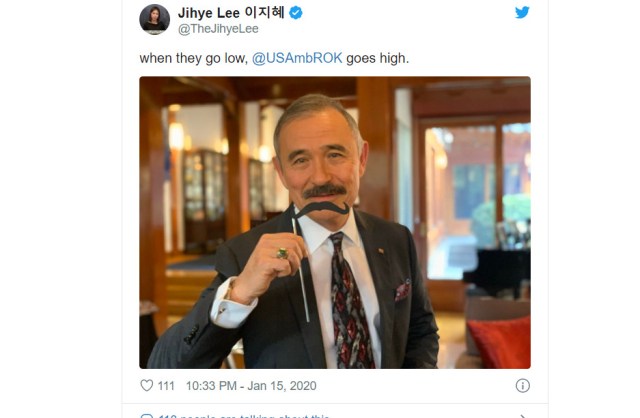
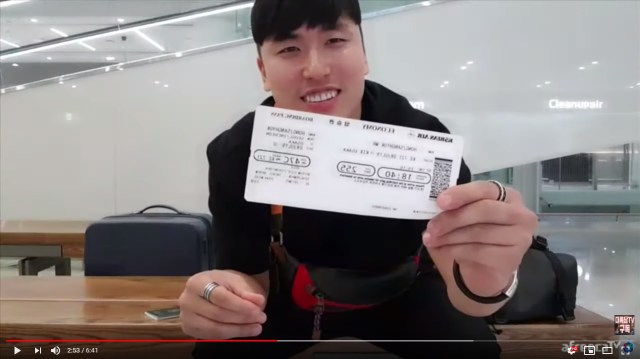
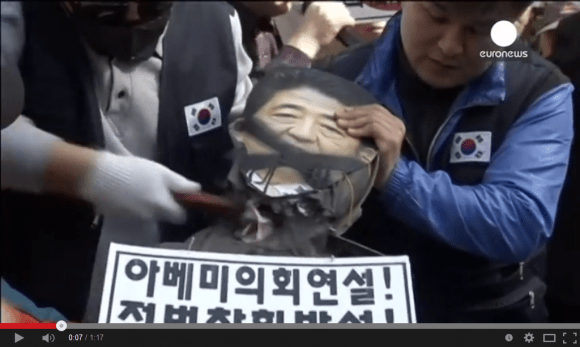
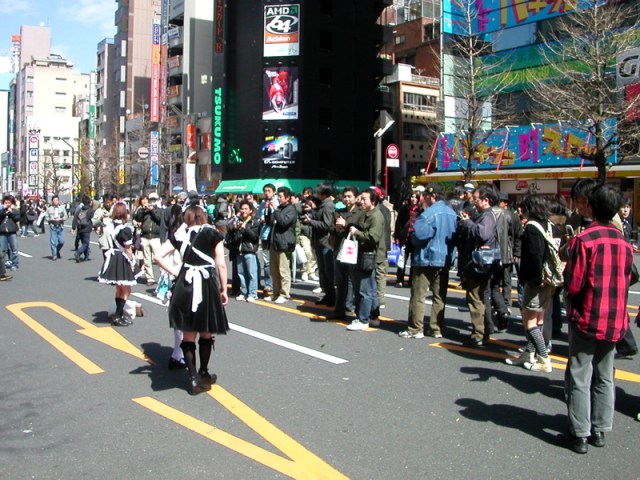
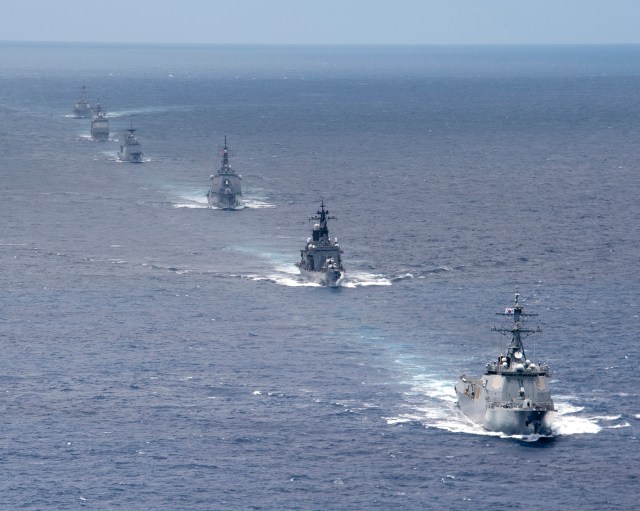
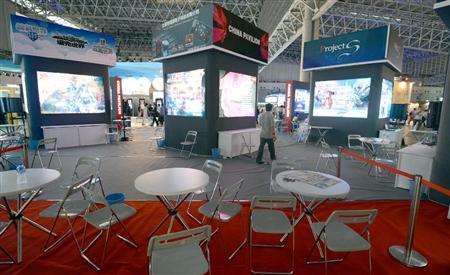
 Japan’s EF English Proficiency Index rank drops for 11th straight year, hits lowest ever
Japan’s EF English Proficiency Index rank drops for 11th straight year, hits lowest ever Chinese government’s don’t-go-to-Japan warning has heartwarming non-effect on Yokohama Chinatown
Chinese government’s don’t-go-to-Japan warning has heartwarming non-effect on Yokohama Chinatown KFC Japan opens a Christmas restaurant in Tokyo…but why???
KFC Japan opens a Christmas restaurant in Tokyo…but why??? Popular Japanese ramen restaurant Ichiran’s lucky bags are great value for money
Popular Japanese ramen restaurant Ichiran’s lucky bags are great value for money You can now buy a Japanese train station clock in Japan
You can now buy a Japanese train station clock in Japan Is China’s don’t-go-to-Japan warning affecting tourist crowds in Shibuya’s Don Quijote?
Is China’s don’t-go-to-Japan warning affecting tourist crowds in Shibuya’s Don Quijote? This one delicious Japanese dessert has at least six different names
This one delicious Japanese dessert has at least six different names Yoshinoya adds first-ever chain-wide ramen with new beef and pork-broth noodle hot pot meals
Yoshinoya adds first-ever chain-wide ramen with new beef and pork-broth noodle hot pot meals As more foreign visitors visit Kyoto’s top sights, Japanese travelers increasingly staying away
As more foreign visitors visit Kyoto’s top sights, Japanese travelers increasingly staying away A whole slew of Totoro Christmas cakes are on their way to make the season extra merry【Photos】
A whole slew of Totoro Christmas cakes are on their way to make the season extra merry【Photos】 Japan’s human washing machines will go on sale to general public, demos to be held in Tokyo
Japan’s human washing machines will go on sale to general public, demos to be held in Tokyo Japanese train company is letting fans buy its actual ticket gates for their homes
Japanese train company is letting fans buy its actual ticket gates for their homes KFC Japan introduces a new burger 8 years in the making
KFC Japan introduces a new burger 8 years in the making New fish discovered and named “Vanderhorstia supersaiyan” for obvious reasons
New fish discovered and named “Vanderhorstia supersaiyan” for obvious reasons Is China’s don’t-go-to-Japan warning affecting tourist crowd sizes in Nara?
Is China’s don’t-go-to-Japan warning affecting tourist crowd sizes in Nara? Studio Ghibli stamps lift your spirits with motivational phrases from Totoro
Studio Ghibli stamps lift your spirits with motivational phrases from Totoro Starbucks Japan unveils new Christmas goods and a rhinestone tumbler that costs 19,500 yen
Starbucks Japan unveils new Christmas goods and a rhinestone tumbler that costs 19,500 yen Is Kyoto less crowded with tourists after China’s don’t-go-to-Japan warning?【Photos】
Is Kyoto less crowded with tourists after China’s don’t-go-to-Japan warning?【Photos】 Real-world Nausicaa Ghibli anime glider completes its final flight in Japan【Video】
Real-world Nausicaa Ghibli anime glider completes its final flight in Japan【Video】 Brand-new Pokémon park opens in Japan with larger-than-life-size Lapras【Photos】
Brand-new Pokémon park opens in Japan with larger-than-life-size Lapras【Photos】 Unique inclined elevator in Japan leads to a town that inspired Studio Ghibli’s Spirited Away
Unique inclined elevator in Japan leads to a town that inspired Studio Ghibli’s Spirited Away Is China’s don’t-go-to-Japan warning affecting tourist crowds in Tokyo’s Asakusa neighborhood?
Is China’s don’t-go-to-Japan warning affecting tourist crowds in Tokyo’s Asakusa neighborhood? The 10 best day trips from downtown Tokyo【Survey】
The 10 best day trips from downtown Tokyo【Survey】 Naturally brown-haired Osaka student sues government for forcing her to dye her hair black
Naturally brown-haired Osaka student sues government for forcing her to dye her hair black Tokyo hotel lets you make your stay a Sanrio one with special My Melody and Kuromi rooms【Pics】
Tokyo hotel lets you make your stay a Sanrio one with special My Melody and Kuromi rooms【Pics】 Survey asks foreign tourists what bothered them in Japan, more than half gave same answer
Survey asks foreign tourists what bothered them in Japan, more than half gave same answer Japan’s deadliest food claims more victims, but why do people keep eating it for New Year’s?
Japan’s deadliest food claims more victims, but why do people keep eating it for New Year’s? We deeply regret going into this tunnel on our walk in the mountains of Japan
We deeply regret going into this tunnel on our walk in the mountains of Japan Studio Ghibli releases Kodama forest spirits from Princess Mononoke to light up your home
Studio Ghibli releases Kodama forest spirits from Princess Mononoke to light up your home Major Japanese hotel chain says reservations via overseas booking sites may not be valid
Major Japanese hotel chain says reservations via overseas booking sites may not be valid Put sesame oil in your coffee? Japanese maker says it’s the best way to start your day【Taste test】
Put sesame oil in your coffee? Japanese maker says it’s the best way to start your day【Taste test】 The top 10 annoying foreign tourist behaviors on trains, as chosen by Japanese people【Survey】
The top 10 annoying foreign tourist behaviors on trains, as chosen by Japanese people【Survey】 No more using real katana for tourism activities, Japan’s National Police Agency says
No more using real katana for tourism activities, Japan’s National Police Agency says J-pop mega star Ado reveals she’s been living in the U.S., may not understand language acquisition
J-pop mega star Ado reveals she’s been living in the U.S., may not understand language acquisition Is China’s don’t-go-to-Japan warning affecting tourist crowds in Shibuya’s Don Quijote?
Is China’s don’t-go-to-Japan warning affecting tourist crowds in Shibuya’s Don Quijote? This one delicious Japanese dessert has at least six different names
This one delicious Japanese dessert has at least six different names Yoshinoya adds first-ever chain-wide ramen with new beef and pork-broth noodle hot pot meals
Yoshinoya adds first-ever chain-wide ramen with new beef and pork-broth noodle hot pot meals As more foreign visitors visit Kyoto’s top sights, Japanese travelers increasingly staying away
As more foreign visitors visit Kyoto’s top sights, Japanese travelers increasingly staying away A whole slew of Totoro Christmas cakes are on their way to make the season extra merry【Photos】
A whole slew of Totoro Christmas cakes are on their way to make the season extra merry【Photos】 6 surprising things about having a baby in Japan
6 surprising things about having a baby in Japan Studio Ghibli holiday wreath adds a touch of Kiki cuteness and good fortune to your home【Photos】
Studio Ghibli holiday wreath adds a touch of Kiki cuteness and good fortune to your home【Photos】 Tokyu Kabukicho Tower backtracks on its gender-neutral toilets, rejigging them to appease public
Tokyu Kabukicho Tower backtracks on its gender-neutral toilets, rejigging them to appease public Upcoming themed cafe answers the question “What if Hokusai had opened an eatery?”
Upcoming themed cafe answers the question “What if Hokusai had opened an eatery?” One Piece devil fruit ice cream coming back to Baskin-Robbins Japan
One Piece devil fruit ice cream coming back to Baskin-Robbins Japan Cup Noodle mystery meat instant rice returns to Japanese stores after a seven-year absence
Cup Noodle mystery meat instant rice returns to Japanese stores after a seven-year absence Godzilla-shaped ice cream on sale in Tokyo near the sight his most adorable rampage
Godzilla-shaped ice cream on sale in Tokyo near the sight his most adorable rampage